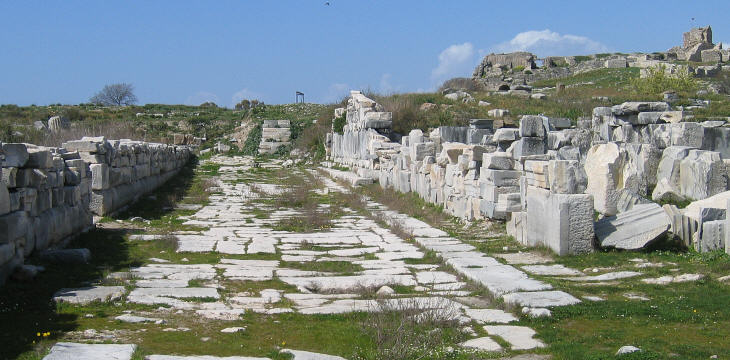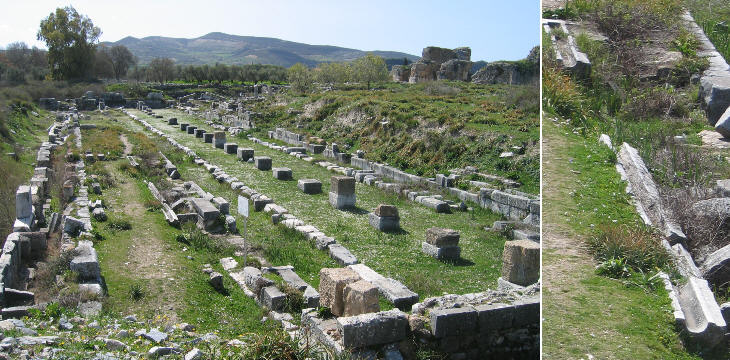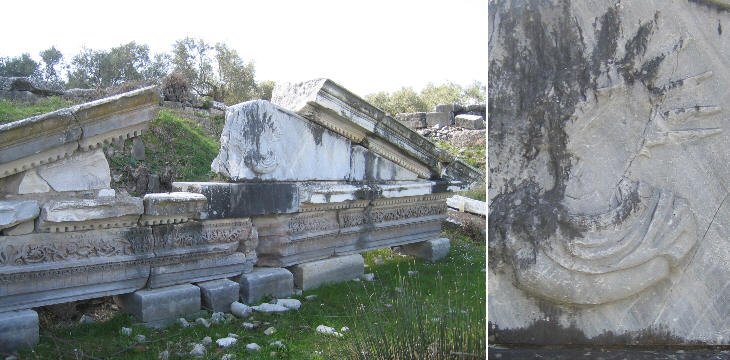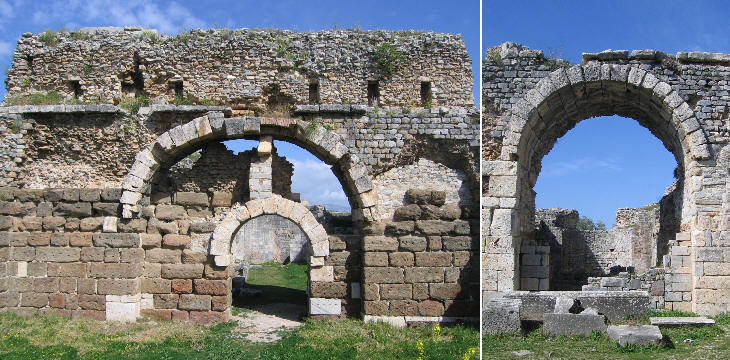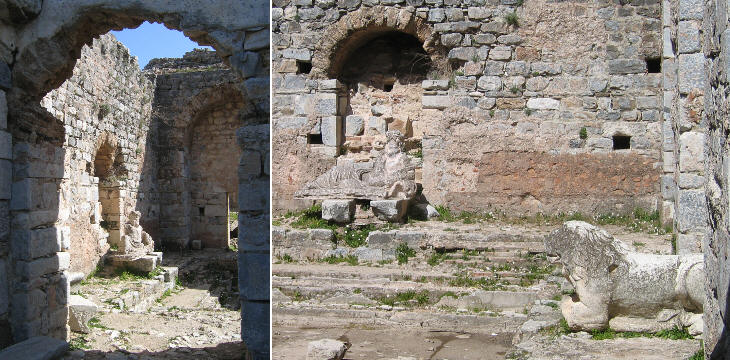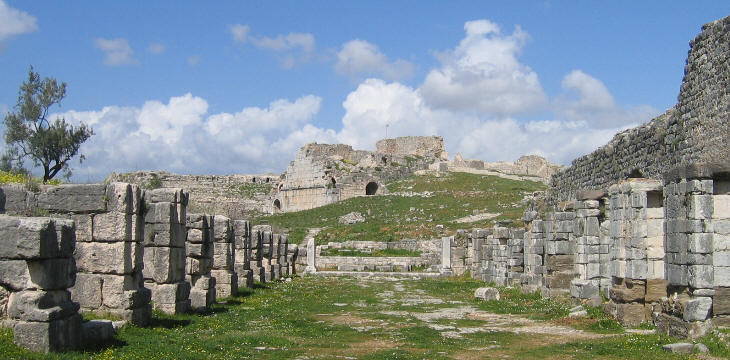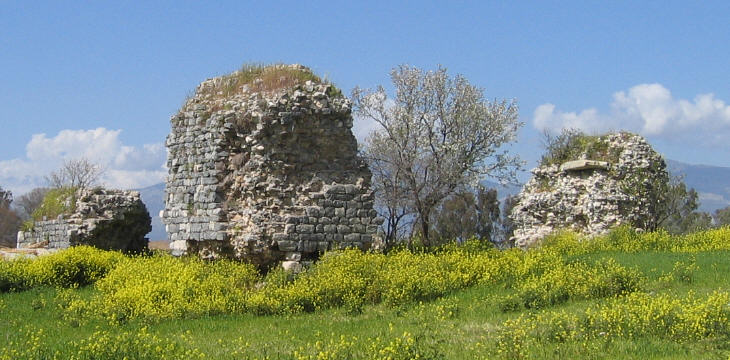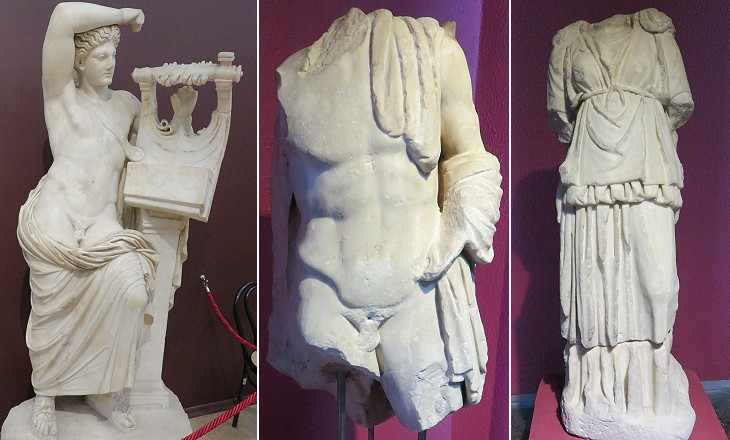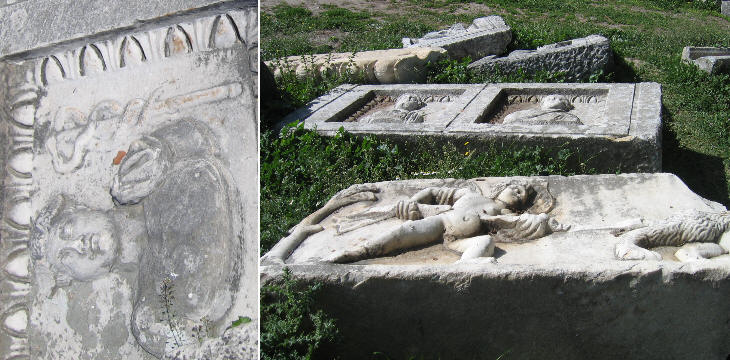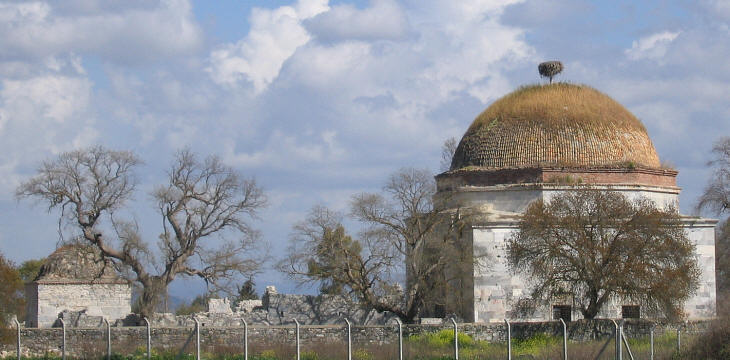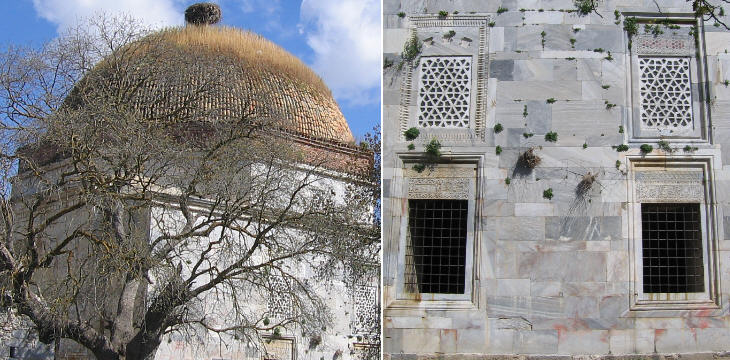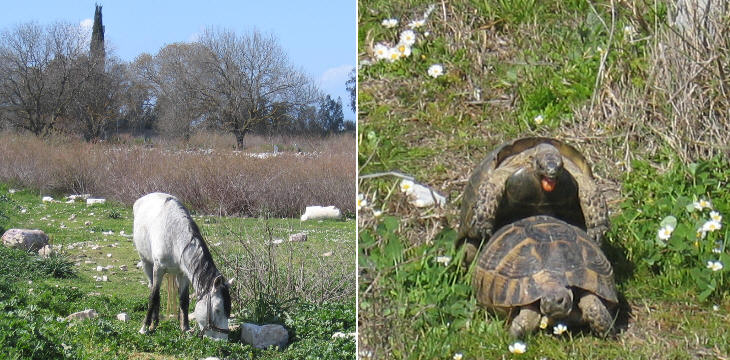  What's New! Detailed Sitemap All images © by Roberto Piperno, owner of the domain. Write to romapip@quipo.it. Text edited by Rosamie Moore. Page added in April 2008. |
 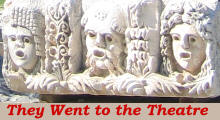 - Miletus - page two - Miletus - page two(theatrical masks at Myra)
The construction techniques used by the Romans in building their streets have proved to be very effective.
The southern market was flanked by warehouses and granaries. The Romans took care also of some minor, but necessary facilities. An aqueduct provided Miletus with an ample supply of water; the town had sewers carrying drainage water to the sea.
In the IIIrd century the belief in the traditional gods weakened. Emperor Heliogabalus promoted the worship of Sol Invictus (Invincible Sun). Although his attempt to impose this new religion did not succeed, the worship of Sun (which had almost no relevance in the Greek myth) was very popular for the whole century. In a temple of Miletus built during that period Serapis, a deity with elements of both Greek Zeus and Egyptian Osiris, was portrayed crowned by sun rays. This iconography of the god is at the origin of the halo which surrounds the saints.
Miletus had several baths; the largest ones were built by Emperor Antoninus Pius and dedicated to his wife Annia Faustina.
In the frigidarium bathers could swim (or just stand) in a low pool. Water was continuously replaced; it spouted from the mouth of a marble lion.
Bathers left their clothes in changing rooms aligned along the walls of a very large hall. They then warmed up by doing some light exercising in that same hall.
Parts of the archaeological area do not receive enough attention. In February 2008 the access path to the ruins of the western market and to a temple to Athena was not easy. Other buildings (e.g. baths near Via Sacra) were invaded by thick vegetation.
The finest works of art found at Miletus were moved to major museums in Turkey (Istanbul and Izmir) and to Berlin.
Other works of art are displayed in the small museum of the archaeological area; those shown above are scattered in a sort of open air exhibition along the (modern) road leading to the theatre.
The decline of Miletus was briefly interrupted in the early XVth century. The Mentese, Muslim rulers of a small state which was eventually conquered by the Ottomans in 1426, tried to revive the town by reactivating one of its ports. The fine mosque shown above belongs to that period.
For more fine mosques see a page on those of Bursa. For more stork nests see a page on Silifke.
The image used as background for this page shows a detail of the monument to Pompey (page one). Return to page one or move to: Introductory page Priene Didyma Iasos Euromos Milas Kaunos Telmessos Tlos Xanthos Letoon Patara Antiphellos Simena Myra Phaselis Termessos Attalia (Antalya) Perge Aspendos Side Map of Turkey with all the locations covered in this website  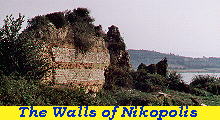 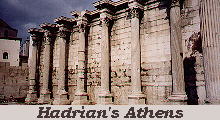 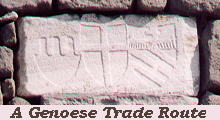 |
